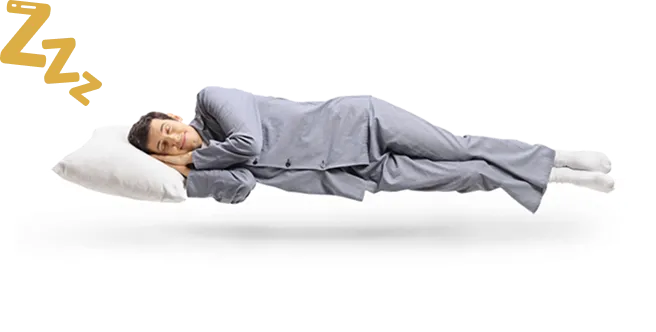Is the wool allergenic
I am researching the content of a mattress I have just purchased (not from John Ryan) in Canada. I went back to the company's website, and found the description of the pillow top includes the words "Pressure point relief: Wool and hollo fibre layer with gel foam provide relief on common pressure points."
Is this enough "wool" to trigger an allergic reaction?
Is this even likely to be actual sheep's wool?
Hi,
Thank you for contacting us here at John Ryan by Design Ltd.
We do not make pillow top mattresses due to the fact that they can only be rotated around and do not last as long as a mattress that can be fully flipped over.

When choosing a new mattress, you should try and establish as to whether the Company you purchase from provide the GSM of the fibres contained within the mattress. This relates to the grams per square metre of fibres used in weight and can tell you the quality of the mattress. It is going to be difficult for us to confirm as to whether the wool fibre contained within your mattress is enough to provide pressure relief as you would need to let us know the GSM of wool contained therein. Most Bed Manufacturers will not inform a customer as to the GSM as they tend to say this is a trade secret. This should not be the case as customers need to know what the GSM is so that they can assess the quality of the product.
You may have never seen GSM when mattress shopping, which therefore confirms just how secretive the mattress industry is. Vi Spring and ourselves seem to be the only Companies who advise exactly what is contained within the mattresses sold.
Wool is an animal hair that is actually a protein called keratin. It is found on animals that require both insulation and protection from the outside elements such as variable weather and extremes in temperature.
Wool fibres can come from many animals, but in sheep, the fibres are made up of three components.
-
-
- Cuticle – the outer layer of each individual strand. These have scale-like cells on them meaning when they rub they can stick together, some wool fibres under microscopes look like tiny hooks. This means they can be spun together.
- Cortex – the centre of each strand which contains tiny elliptical cells that contain melanin, similar to skin pigment if you like.
- Medulla – honeycomb cells of each strand that provides many air spaces that give wool its thermal value.
-
Wool is usually used in the top comfort layers of the mattress where the benefits are most readily experienced by the sleeper. Wool should never be mixed with synthetic foams, which are heat retentive as it will completely negate the beneficial properties of wool unless only being used as a fire retardant wrap. Some manufacturers will claim their mattress features ‘natural wool fillings’ but upon further inspection, you find out its a 4% wool 96% polyester/white fibre blend, which isn’t wool at all.
If you have an allergy to Wool, then you would certainly need to know exactly what is contained within your mattress and confirm with a doctor that your allergies are to the wool itself and not to synthetic outer cover of the mattress.
I hope this assists.
Kind regards Julie Collier

Dreaming of the perfect nights sleep?

Newsletter
Enter your email to join our newsletter. We’ll send you occasional news and mattress expertise.
